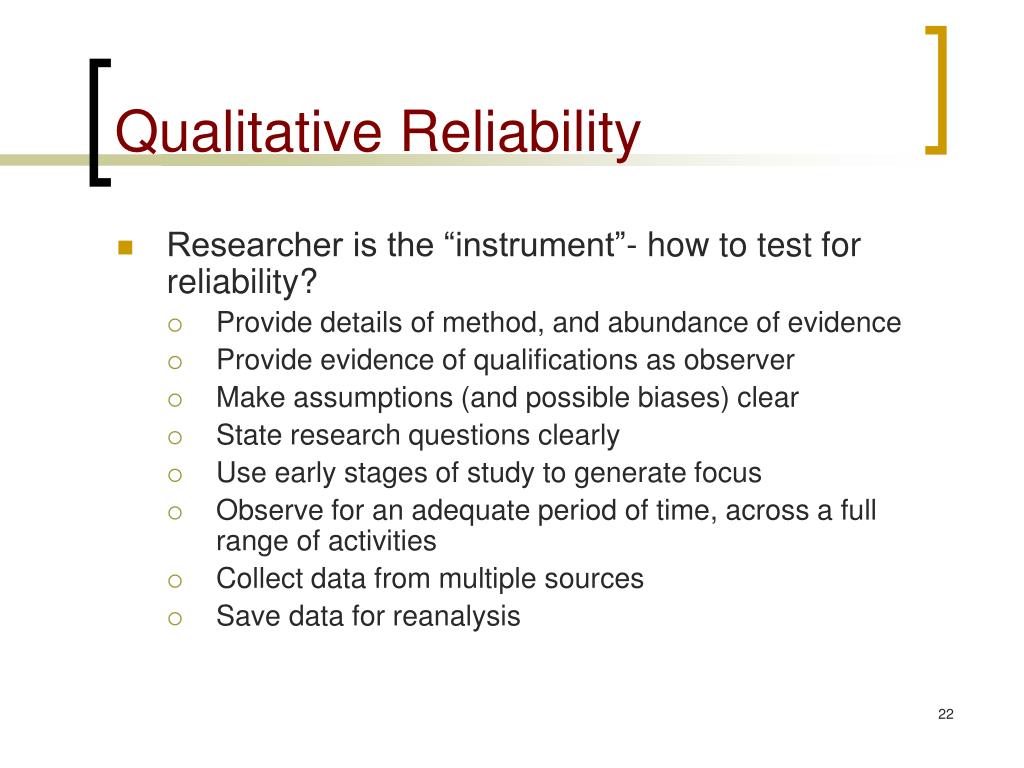
In the context of validity and reliability, rigor is a strong obstacle, which the researcher has to overcome to deliver the results to the audience. In this case, the results might be biased while influencing validity in a negative way (Leung 325). It remains apparent that the research sample is only able to cover a small group of the population, and this fact implies that the majority of responses are generalized (Leung 325).

Generalizability is one of the measures, which affects the overall validity and reliability of the study. Using this approach assists in achieving the most relevant outcomes, as the researcher focuses on the compliance of the data acquisition instruments with the expected study outcomes. It is one of the types of validity, which helps to ensure that all research instruments address the same variables (“Reliability and Validity” 3). In this case, the scholar can apply methods such as taking descriptive notes, “data tranquilization”, and collaboration with other scientists (Noble and Smith 34). The researchers can use various strategies to avoid the bias of the research results.

This aspect is relevant for both quantitative and qualitative research.

In this case, the investigator has to able to apply various techniques to assess the outcomes and critique the results (Heale and Twycross 66). It remains apparent that the validity and reliability of the results are dependent on the skills and competences of the researcher.


 0 kommentar(er)
0 kommentar(er)
